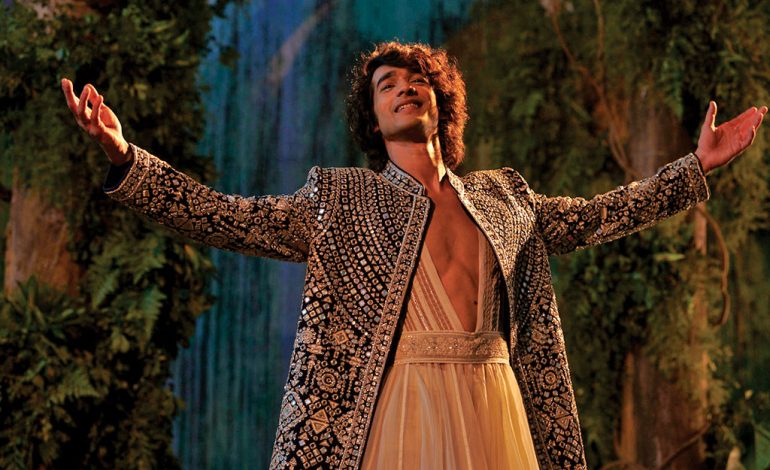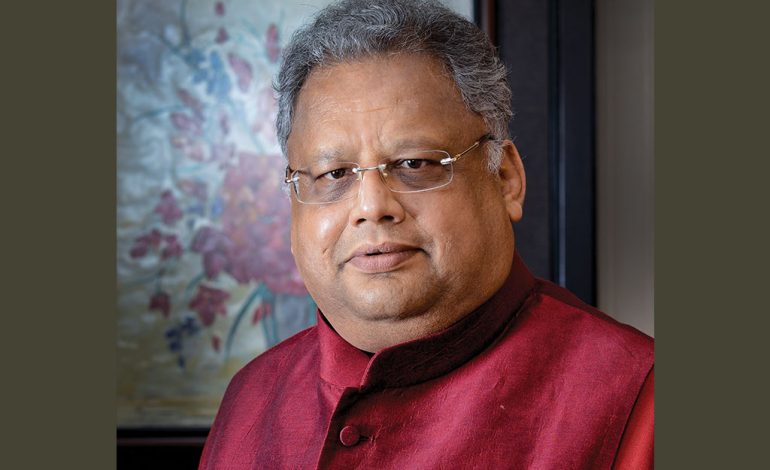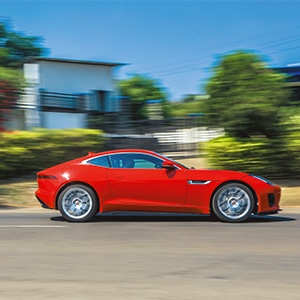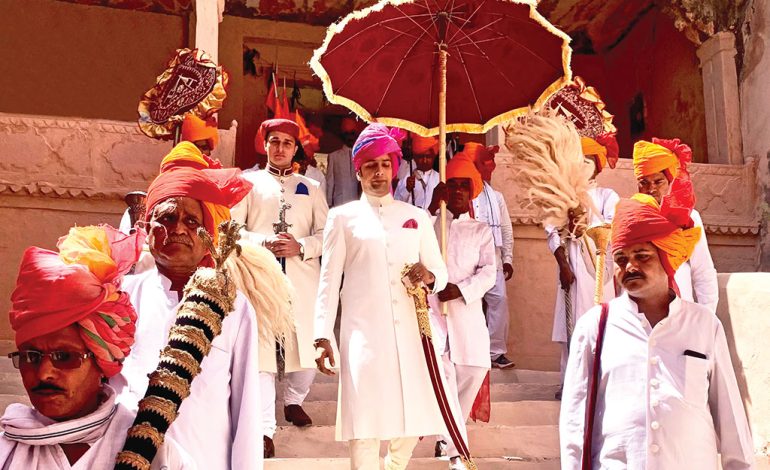
Maharajas with No Kingdoms
Much before the formation of Rajasthan state in 1949, the erstwhile Rajputana was ruled by the various Maharajas. Post-Independence, the princely states were merged with the Indian Union and the rulers of Jaipur, Jodhpur, Bikaner, Udaipur, Kota, Bharatpur, Dholpur, Karauli, Alwar, and Khetri forfeited their kingdoms. Under the Indian Independence Act of 1947, they lost their powers to rule their states but were allowed to use the title of Maharaja. They had to survive on the privileges and annual privy purse (just one-fourth of the revenue earned) that clearly, wasn’t enough to maintain their status as Maharajas.
The Maharajas were subjected to another blow when the concept of rulership with privy purses was abolished with the 27th Amendment Act in 1971. As per the orders of the government, these Maharajas ceased to be recognised as rulers and this led to the discontinuance of their privileges.
This resulted in two categories of rulers—the first enjoyed the privy purse after the state’s merger in the Indian Union and entitled them to the use of Maharaja, Maharana, Maharao and Raja; the second category rulers were stripped of the privileges and ceased to be called Maharajas. They became titular Maharajas with no rulership privileges. Titular is a formal title without real authority, which means having the position but not the responsibilities or powers that go with it.
Even after officially losing their status, they acted as Maharajas within the confines of their palaces and maintained the family tradition of celebrating festivals. They continued to organise the coronation or Raj Tilak in their palaces or forts and their faithful ones attended these ceremonies. Even years after losing their kingdom, these Maharajas or Maharaos held ceremonies graced by their nobles and relatives who also gave them nazar to express their loyalty. A number of such ex-rulers have died now but their eldest sons have been made to sit on the throne after the coronation.
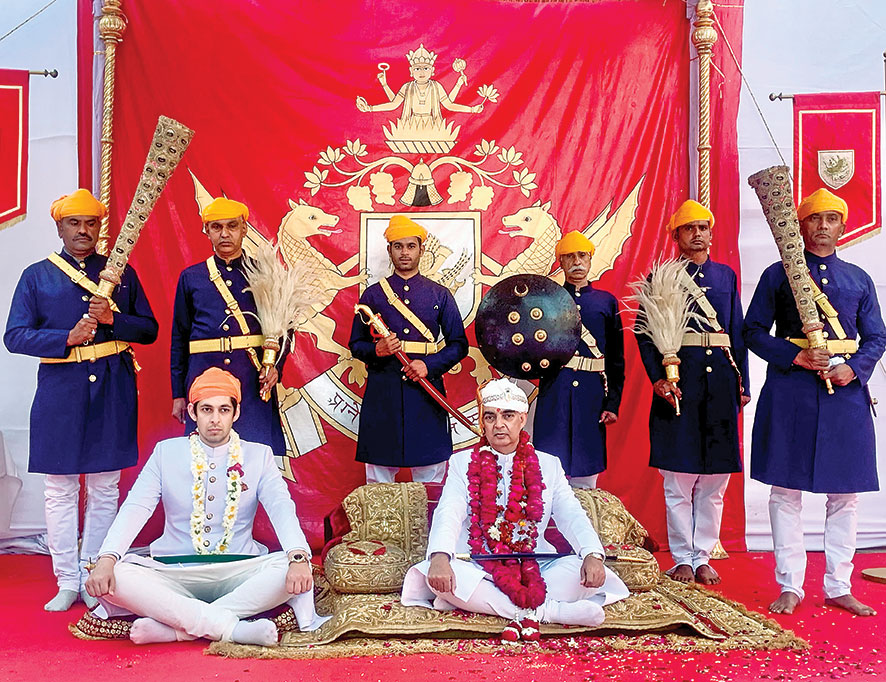
Maharao Ijyaraj Singh of Kota during his Raj Tilak
Kings without crowns
Many such coronation ceremonies have taken place for titular Maharajas. Brigadier Bhawani Singh, son of Maharaja Sawai Man Singh, the last Maharaja of Jaipur, had one daughter Diya Kumari, who is now a member of Lok Sabha. Bhawani Singh had adopted his maternal grandson Padmanabh Singh, one of the three children of Diya Kumari, as his son and heir apparent. After Bhawani Singh’s death, Padmanabh Singh, still a minor, was coronated as the titular Maharaja and his Raj Tilak was performed with great pomp in the presence of ex-royals of various former principalities.
After the death of the ruler of Kota Maharao Bhim Singh, Brijraj Singh was coronated as the titular Maharaja. Many others like Maharana Bhagwat Singh, the Maharana of Mewar, Brijendra Singh of Bharatpur, Hemant Singh of Dholpur, Inderjit Singh of Jhalawar, Mahipal Singh of Dungarpur, and Narendra Singh of Bikaner, Ranjit Singh, the son of Bahadur Singh (the last ruler of Bundi) were crowned as Maharajas to follow the family tradition. Some of these rulers are third generation titular rulers crowned following the demise of the previous titular rulers.
Following traditions
Following the death of Narendra Singh in 2003, a crucial question arose. Narendra Singh had three daughters and no son, hence Raviraj Singh Rathor, the grandson of Narendra Singh’s uncle Amar Singh insisted that he should be crowned the titular Maharaja, as per the tradition of the Bikaner’s Rathor royals. Being the only male member of the clan, he claimed that he had the first right to be made the titular Maharaja. However, Narendra Singh’s mother and three daughters including the head of the Bikaner royal family and BJP MLA Siddhi Kumari decided against holding any ceremony, as the coronation was only to carry the tradition of the family. Irked by this decision, Raviraj Singh Rathor’s father Chandrasekhar Singh organised a crowning ceremony for his son but the faithful and loyalists of Bikaner royals gave it a skip. Siddhi Kumari announced that Raviraj Singh’s Raj Tilak had no official sanctity. Raviraj Singh, who worked as a bank officer in Jaipur, thus became a ‘persona non-grata’ to the Bikaner royals. Not being recognised as the titular maharaja affected his health, job and family, leading to his death some months back in Jaipur. This was a classic case of an admirable person’s failure to get recognition.
Two more such coronations took place at Kota and Bundi, the two adjoining former principalities located in the Hadauti region. After the demise of Brijraj Singh, a former MP, an ace shooter and the son of the last ruler of Kota Maharao Bhim Singh, his son Ijyaraj Singh, former Congress MP from Kota, who has since joined the BJP, was crowned as the Maharao of Kota. The ceremony held in Kota’s Garh was attended by a large number of people—mostly former nobles and ardent loyalists. “After my father’s death, the loyalists of the Kota royal family thought that the royal throne of Kota should not remain without an occupant. It was a family tradition observed and nobody should have any objection,” claims Ijyaraj Singh. Abhimanyu Singh Bambola, a close friend of the Kota royals, explains that such ceremonies are held only to prove that true traditions of the royals are being followed. There may not be any official sanctity in this.
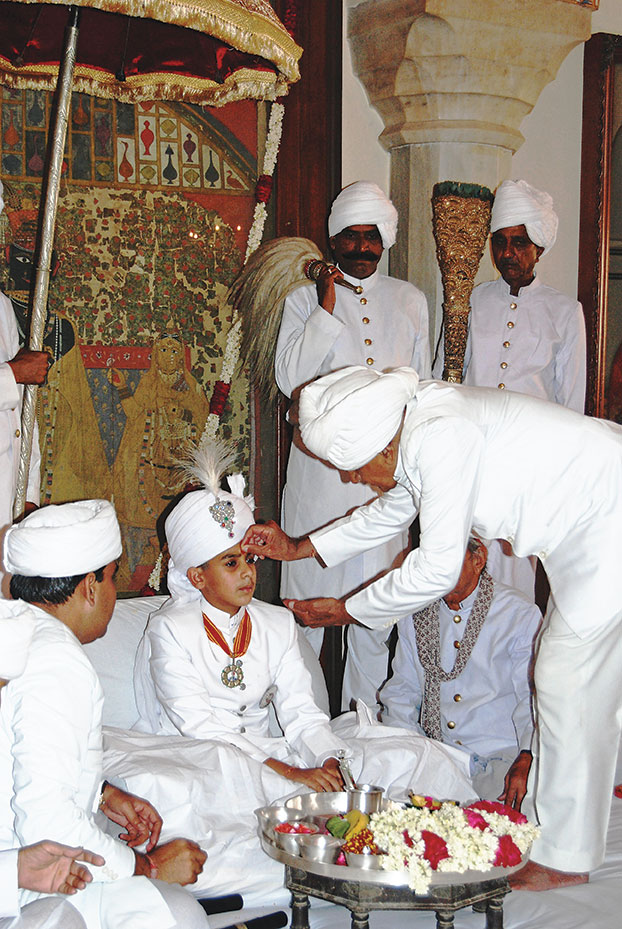
Raj Tilak of Maharaja Sawai Padmanabh Singh Maharaja of Jaipur
The royals of Rajasthan
In another coronation, Vanshvardhan Singh, a management graduate from Canada and a member of the Bundi royal clan, was crowned as the titular ruler. Maharao Bahadur Singh’s son Ranjit Singh was divorced with no children. After his death, he left behind a lot of properties including a house in Delhi. Bundi was a princely state ruled by the Chauhan Hadas. With no claimant to the throne for 11 years, the old loyalists declared Brigadier Bhupesh Singh Hada—a National Security Guard commander and a recipient of several army medals—as the Maharao in a ceremony. His coronation was called Paag ceremony in which a turban is tied after the demise of the ruler.
However, the coronation was not recognised by the clan members of the Bundi royals. Late Maharao Bahadur Singh’s daughter Mahendra Kumari, the former Maharani of Alwar’s son Jitendra Singh, crowned Vanshvardhan Singh as the Maharao of Bundi by gracing him with the royal turban and the royal sword, the symbolic weapon of the Bundi royals. The function was held on the first day of the new Samwat, which also happened to be the third birthday of Vanshvardhan Singh’s son Vajranabh Singh. It was the most talked about coronation and everyone questioned the need for such a Raj Tilak that had no legal entity. By crowning a member of the royal clan, they intended to dismiss the coronation of Brigadier Bhupesh Hada. “Since the throne should not remain empty, I remain the titular Maharaja. However, I will not stake claims to the assets and wealth of the Bundi royals,” clarifies Vanshvardhan, who currently runs a hotel in Bundi.
All in all, all this goes on to prove that the old royals are trying to maintain the familytraditions to remind the people of free India that with time, they may have lost their kingdom but not their traditions and rituals!

